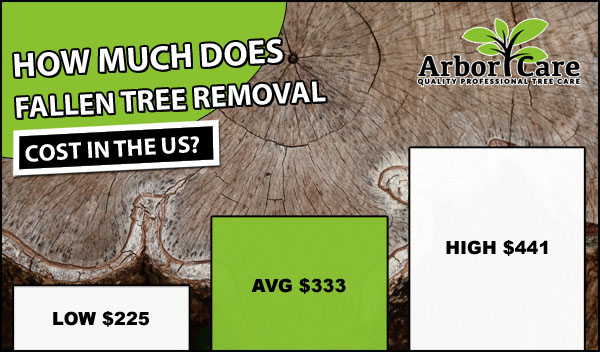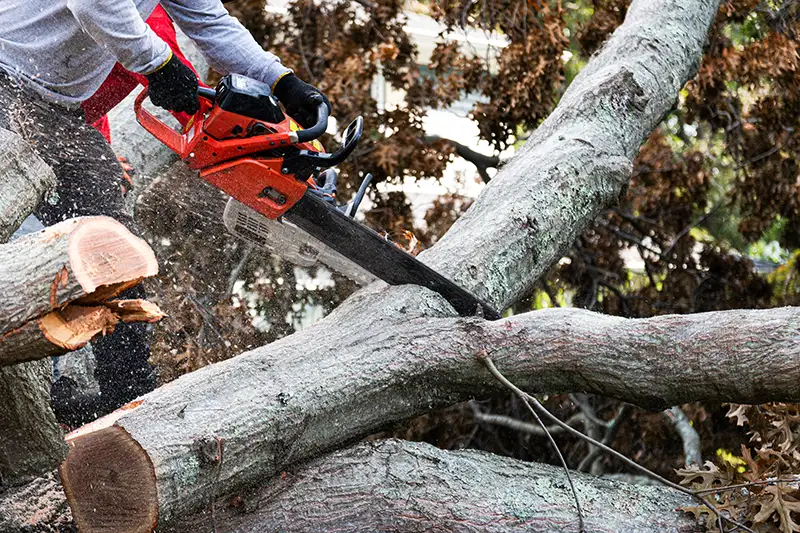Featured
Table of Contents
- – Finding Affordable Tree Service In Highgrove, CA
- – Highgrove, CA Tree Service Uninstall Costs
- – Custom Stump Grinding Costs In Highgrove, CA
- – Final Tree Clearing Costs In Highgrove, CA: N...
- – Most Affordable Tree Service Rates In Highgro...
- – Understanding Tree Cutting Costs In Highgrove...
- – Highgrove, CA Stump Removal Cost Savings
- – Tech-Enabled Tree Service Costs In Highgrove...
- – 5-Star Tree Service Reviews In Highgrove, CA
- – What's The Average Cost For An Tree Trimming...
- – Highgrove, CA Tree Cutting Safety Check Costs
- – Highgrove, CA Tree Cutting Repair Costs
- – Insurance Costs For Tree Service In Highgrov...
- – Green Tree Service Costs In Highgrove, CA
- – Highgrove, CA Arborist Special Features Costs

The subsections listed below offer more detailed details about rates, including a typical variety for each. TypeAverage Elimination CostPineConiferPalmMagnoliaArborvitaeAshCedarSweet GumEucalyptusSycamoreCypressOakMaplePoplar You can anticipate to pay between to eliminate a pine, depending upon its size. Removing a pine is one of the more inexpensive tasks unless it is one that has been around for many years and is rather big.
Finding Affordable Tree Service In Highgrove, CA
Pines also have a tap root that grows deep into the soil, which can prove to be harder to eliminate. The process itself includes an expert cutting the tree, clearing the base, cutting the surface area roots, eliminating the stump, and finally treating the soil. Without a professional hand, you run the risk of leaving pine seedlings behind, which will fall from the roots of distressed pines.
Highgrove, CA Tree Service Uninstall Costs
The U.S. nationwide average for conifer removal is roughly to have the conifer reduced, carried away, and the stump ground or removed totally. Conifers are generally simpler to eliminate, and although they can grow quite high, they do not cost a fortune to remove. Conifers consist of pine, spruce, fir, and juniper trees.
Custom Stump Grinding Costs In Highgrove, CA
While conifers are stunning, they eliminate native plants and specific types of turf. This is due to the fact that they need a lot of water and nutrients to make it through, so they seep it off surrounding plants. They also have an extensive network of roots, which can impact your home's structure. The typical price of palm elimination depends on the height as much as the type, ranging from.
Final Tree Clearing Costs In Highgrove, CA: No Hidden Fees
That is why it is necessary to know which type you are eliminating. While you do not require an herbicide to eliminate a palm tree, there are some actions your elimination specialist will need to take to ensure the task is done correctly. There are 2 ways they can get rid of them: by chopping them down or digging them up.
Most Affordable Tree Service Rates In Highgrove, CA
From there, they get rid of the actual tree and then the stump. Anticipate to pay between to remove this type of tree, depending on the exact size and information of the job.
Understanding Tree Cutting Costs In Highgrove, CA
There are 3 types: green, white, and black ash. White ash is understood for its many colors. With its gray-tinged bark, its leaves are green or purple in the spring and golden yellow or purplish-red in the fall. They delight in moderate climates and lots of sun. The green ash is named such due to its green or yellow foliage.
Highgrove, CA Stump Removal Cost Savings

However, the bark is softer, and it blooms later in the year. Due to the variation in height, the removal rate variation is broad from. A coniferous, evergreen tree, the cedar is a durable types. Real cedars delight in higher altitudes, generally in the Himalayas and the Mediterranean. A real cedar can grow as high as 160 feet in height and is frequently planted in the United States as a landscape choice.
Tech-Enabled Tree Service Costs In Highgrove, CA
The development of false cedars differs from 50 feet up to 230 feet high. With star-shaped leaves and stunning fall colors, the sweet gum is thought about a medium to large tree.
5-Star Tree Service Reviews In Highgrove, CA
Usually, it costs in between to eliminate a eucalyptus. Eucalyptus are not typical everywhere, however they are quite big compared to others, which is why even the smaller sized ones are so pricey to get rid of.
What's The Average Cost For An Tree Trimming In Highgrove, CA
There are a handful of ways to do this, including burning, pulling, grinding, or killing them with herbicide. Expect to pay between to remove sycamores, based on the height, trunk size, and amount of work involved. Sycamores are among the biggest hardwood trees, typically ranging from 60 to 100 feet high and as large as 15 feet.
Highgrove, CA Tree Cutting Safety Check Costs
The first two actions will expose the within the tree and cut off the circulation of nutrients up the trunk. From there, an expert applies herbicide to kill the tree and cuts down the trunk. Then, they will kill the stump. Otherwise, brand-new sprouts might grow from it. Cutting down and removing a mature cypress could cost as much as.
Highgrove, CA Tree Cutting Repair Costs
There are various types of Cypress trees, however the most widespread are the Leyland, Arizona, Bald, and Italian. The Bald Cypress grows in swampy or extremely wet locations while the others enjoy a dry, warm, or hot environment (tree clearing). They can grow as high as 80 to 100 feet tall
Insurance Costs For Tree Service In Highgrove, CA

Prone to diseases, the Cypress is one of the most prized woods for furniture. The typical oak grows to around 60 feet, and depending on the intricacy of the removal, it costs an average of to remove. The specific size of your oak and the effort required to fell it impact what you will in fact spend for removal in addition to any extra services like stump grinding.
Green Tree Service Costs In Highgrove, CA
Access to the trees and the roots will also impact the general cost. Maples can easily mature to 100 feet or more and generally cost between to remove from your home. The final rate depends on the real height and intricacy of the job. Maples are normally amongst the more costly trees to eliminate because of their size and the work included in the elimination.
Highgrove, CA Arborist Special Features Costs
Poplars are giants of the species. Growing as high as 90 to 115 feet, these huge woods are mainly discovered in The United States and Canada and consist of the aspen, cottonwood, and balsam trees. Boasting an expansive root system, poplars can be expensive to get rid of when fully grown. The process to get rid of trees involves all the trimming and cutting of the branches and trunk, bringing it down to a stump.
Table of Contents
- – Finding Affordable Tree Service In Highgrove, CA
- – Highgrove, CA Tree Service Uninstall Costs
- – Custom Stump Grinding Costs In Highgrove, CA
- – Final Tree Clearing Costs In Highgrove, CA: N...
- – Most Affordable Tree Service Rates In Highgro...
- – Understanding Tree Cutting Costs In Highgrove...
- – Highgrove, CA Stump Removal Cost Savings
- – Tech-Enabled Tree Service Costs In Highgrove...
- – 5-Star Tree Service Reviews In Highgrove, CA
- – What's The Average Cost For An Tree Trimming...
- – Highgrove, CA Tree Cutting Safety Check Costs
- – Highgrove, CA Tree Cutting Repair Costs
- – Insurance Costs For Tree Service In Highgrov...
- – Green Tree Service Costs In Highgrove, CA
- – Highgrove, CA Arborist Special Features Costs
Latest Posts
Seattle, WA Tree Removal Package Prices
Honest Cloquet, MN Tree Removal Testimonials
Compare Local Tree Trimming Costs In Highgrove, CA
More
Latest Posts
Seattle, WA Tree Removal Package Prices
Honest Cloquet, MN Tree Removal Testimonials
Compare Local Tree Trimming Costs In Highgrove, CA